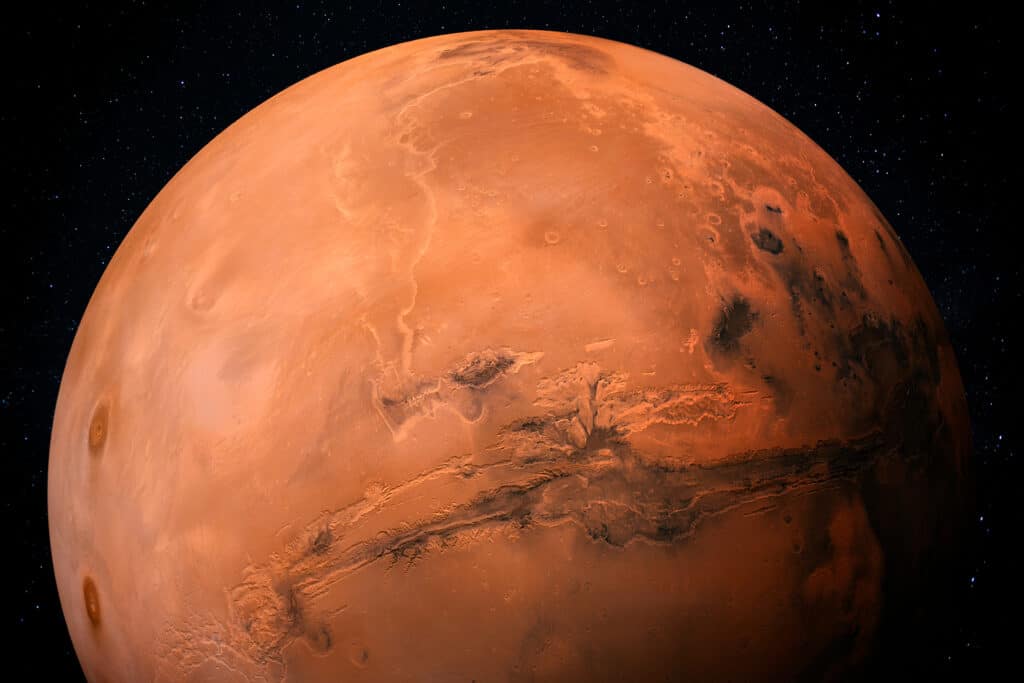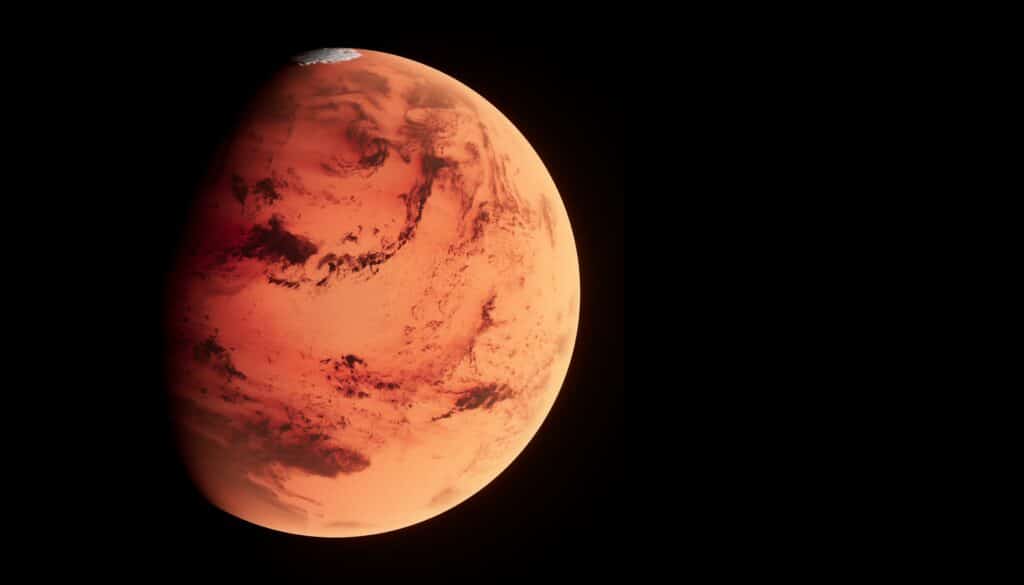Mars continues to leave scientists stunned. Even though ancient Mars was once a wet world marked by river deltas and valleys, the Red Planet had surprisingly low rates of groundwater recharge. The findings point to a stark difference in the water cycle of early Mars compared to Earth’s, shedding light on the planet’s climatic past and implications for future exploration.
University of Texas at Austin researchers utilized a combination of computer models and simpler calculations to analyze groundwater recharge dynamics in Mars’ southern highlands. Against expectations of a once water-rich Mars, the study concluded that the aquifer’s average annual groundwater recharge was a mere .03 millimeters. This rate is minuscule when compared to Earth’s aquifers like those supplying water to San Antonio, which recharge at rates between 2.5 to 50 millimeters per year.

Researchers propose several theories for this low recharge rate. It’s possible that when it rained on ancient Mars, water mostly ran off the landscape without seeping into the ground. Alternatively, rainfall might have been significantly less frequent or abundant than previously thought.
“The fact that the groundwater isn’t as big of a process could mean that other things are,” says study lead author Eric Hiatt, a doctoral student at UT-Austin’s Jackson School of Geosciences, in a media release. “It might magnify the importance of runoff, or it could mean that it just didn’t rain as much on Mars. But it’s just fundamentally different from how we think about [water] on Earth.”
This research not only challenges previous assumptions about Mars’ water history but also offers a new lens through which to view its climate and hydrology. By simulating groundwater flow in a steady-state environment — where the inflow and outflow of water into the aquifer are balanced — the team was able to tweak various parameters, such as rainfall locations and rock porosity, to see how they impacted the system. This modeling approach is unique in its consideration of the ancient oceans that once dotted Mars’ surface over three billion years ago, as well as its use of modern topographical data from satellites.
One of the planet’s most distinctive features, the elevation difference between the northern lowlands and the southern highlands known as the “great dichotomy,” plays a crucial role in understanding Mars’ groundwater story. The dichotomy reveals evidence of past groundwater upwelling, where water from the aquifer made its way to the surface, serving as a critical marker for the study’s models.

The insights gleaned from this study are vital not only for piecing together Mars’ environmental history but also for planning future missions to the Red Planet. Knowing where water is most likely to be found can guide the search for ancient life signs, support human explorers, and even assist in creating rocket fuel for the journey back to Earth.
The study, funded by NASA, the University of Texas Institute for Geophysics, and the UT Center for Planetary Habitability, is published in the journal Icarus.













Comments